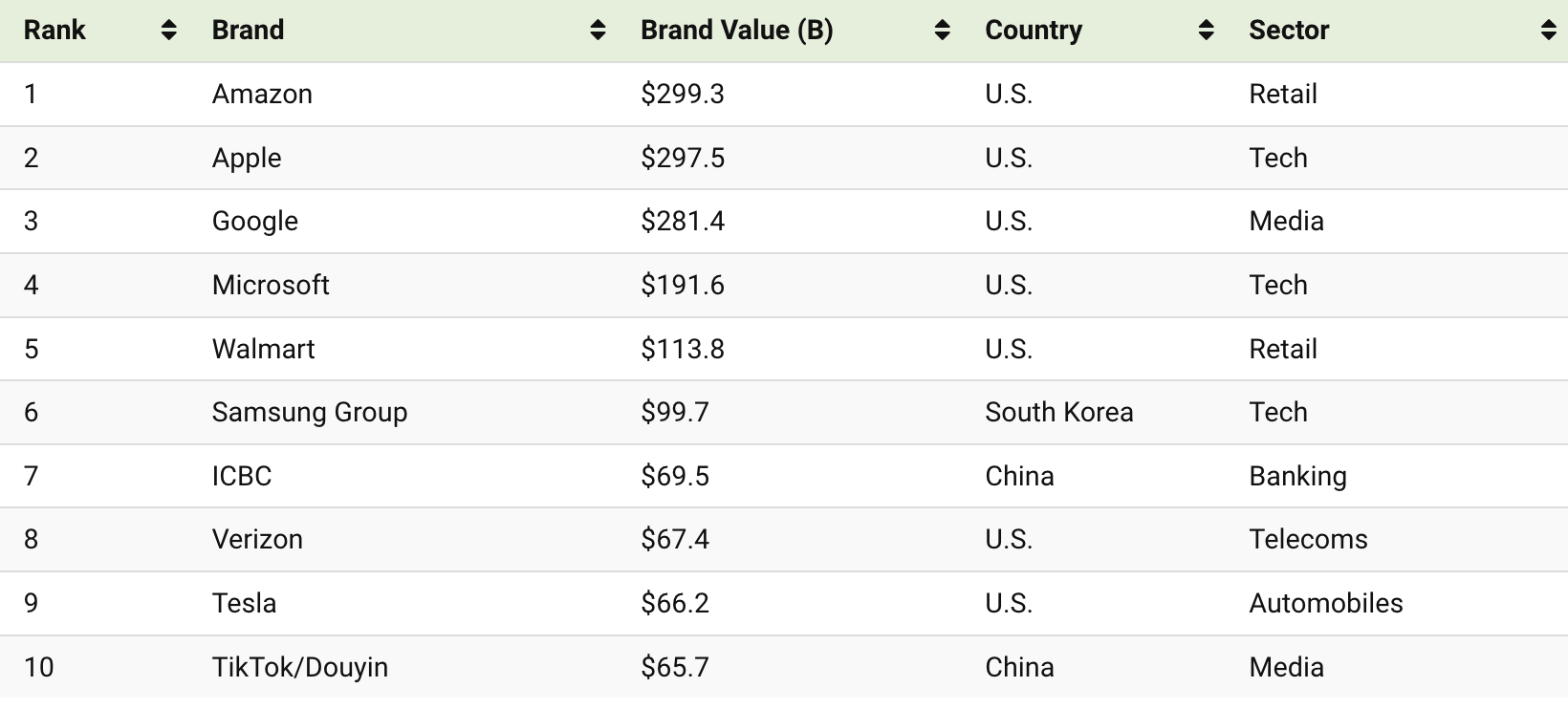Elon Musk risks $20bn rebranding Twitter. Here’s why X could be an even bigger disaster
News
News
Elon Musk’s move to rebadge Twitter’s bird logo to an X has wiped out anywhere between $US4 billion and $US20 billion in value – according to analysts and brand agencies.
The ad industry called the move a big mistake, saying that Larry the Bird is (or was) one of the most recognisable social media brands ever.
Some brand strategists said that it was ‘a knee jerk reaction’ to Meta’s launch of Threads, and believe the logo X will now require Twitter to rebuild the ‘cultural pull and linguistic consensus from scratch’.
“It feels more like a stunt and a distracting tactic, rather than actually being a signal that something is fundamentally changing at that organisation,” says Joel Pember, brand strategist and co-founder of Perth-based digital agency, Juicebox.
Juicebox was the winner of WA’s 2022 Digital Agency of the Year.
Pember said there seems to be no substance sitting behind Twitter’s shift to X, adding that a rebrand should not be just about a change of corporate artefacts.
“When a rebrand happens, there has to actually be something happening in that company, a business plan or strategic shift,” he told Stockhead.
Pember also believes there now seems to be a muddying of Elon’s personal brand and Twitter.
He explained that when Elon first purchased Twitter, he proclaimed that the platform would be the town square of the internet.
But right after that, he has seemingly turned up the volume on the algorithmic microphone on his own personal account so that he was suddenly the loudest in the town square.
“Find me one Twitter user that hasn’t experienced more Elon in their feeds regardless of whether they follow him or not,” said Pember.
He also believes the X logo is too loosely affiliated with SpaceX, the Model X in the Tesla lineup, and even Elon’s own son who’s called X Æ A-12.
“He’s starting to amalgamate and confuse what the associations actually are,” said Pember.
While valuing a brand is not perfect science, there are organisations around the world that monitor brand rankings in terms of their power and influence.
Pember says what gives a brand value is its public recognition, and how the logo mark is associated with certain memories and meanings for people over time.
He added that creating a great brand is first and foremost about bringing meaning to it, and having it stand for something which represents ideas that a community wants to advocate.
“You can look to the Meta rebrand as an example of the name and logo mark marrying up to the vision and strategic direction of the business.
“It may have been overzealous, but it was a brand transition executed well with lots of thought that customers ultimately understood why they were doing it [the metaverse],” Pember said.
According to Pember, all modern brands need to play a relevant role, they need to be a voice for people, and they need to do things that matter.
Data from VisualCapitalist shows that the most valuable brands in 2023 are:

In Australia meanwhile, the top 10 companies with the most valuable brands according to insights organisation Kantar are:
| Code | Name | ASX ticker | Value |
|---|---|---|---|
| 1 | CommBank | CBA | $21.5bn |
| 2 | Canva | - | $16.1bn |
| 3 | Woolworths | WOW | $11.7bn |
| 4 | Telstra | TLS | $10bn |
| 5 | ANZ | ANZ | $8.8bn |
| 6 | Coles | COL | $7.2bn |
| 7 | National Aust Bank | NAB | $6.9bn |
| 8 | Westpac | WBC | $5.7bn |
| 9 | Bunnings | - | $4.5bn |
| 10 | Seek | SEK | $2.9bn |
Kantar said CBA’s top position is testament to the bank’s success in capturing customers who are entering the banking category for the first time.
Building on its work appealing to first-and second-generation migrants to Australia, CommBank has also recently been advertising at Australian international airports with the tagline, ‘Meet the bank more new arrivals to Australia choose’.
Unlisted Canva is in second place and is a relative newcomer to the brandscape although the company has become something of a global phenomenon.
In a category dominated by some of the world’s biggest brands, Canva has yet to establish its salience, but is well differentiated in the market, says Kantar.
Pember added that brands of the future need to have identity, language and behaviours that feel like a human or person you would want to hang out with.
“But brands shouldn’t try to appeal to everyone, instead they should know who their audience actually is and relate to them.
“Great companies and great brands are also typically made of great people.
“And so, we always start the branding process by looking within. Then once we’ve defined that authentic purpose, we would start to look to the market and figure out how that purpose relates to the audience,” said Pember.